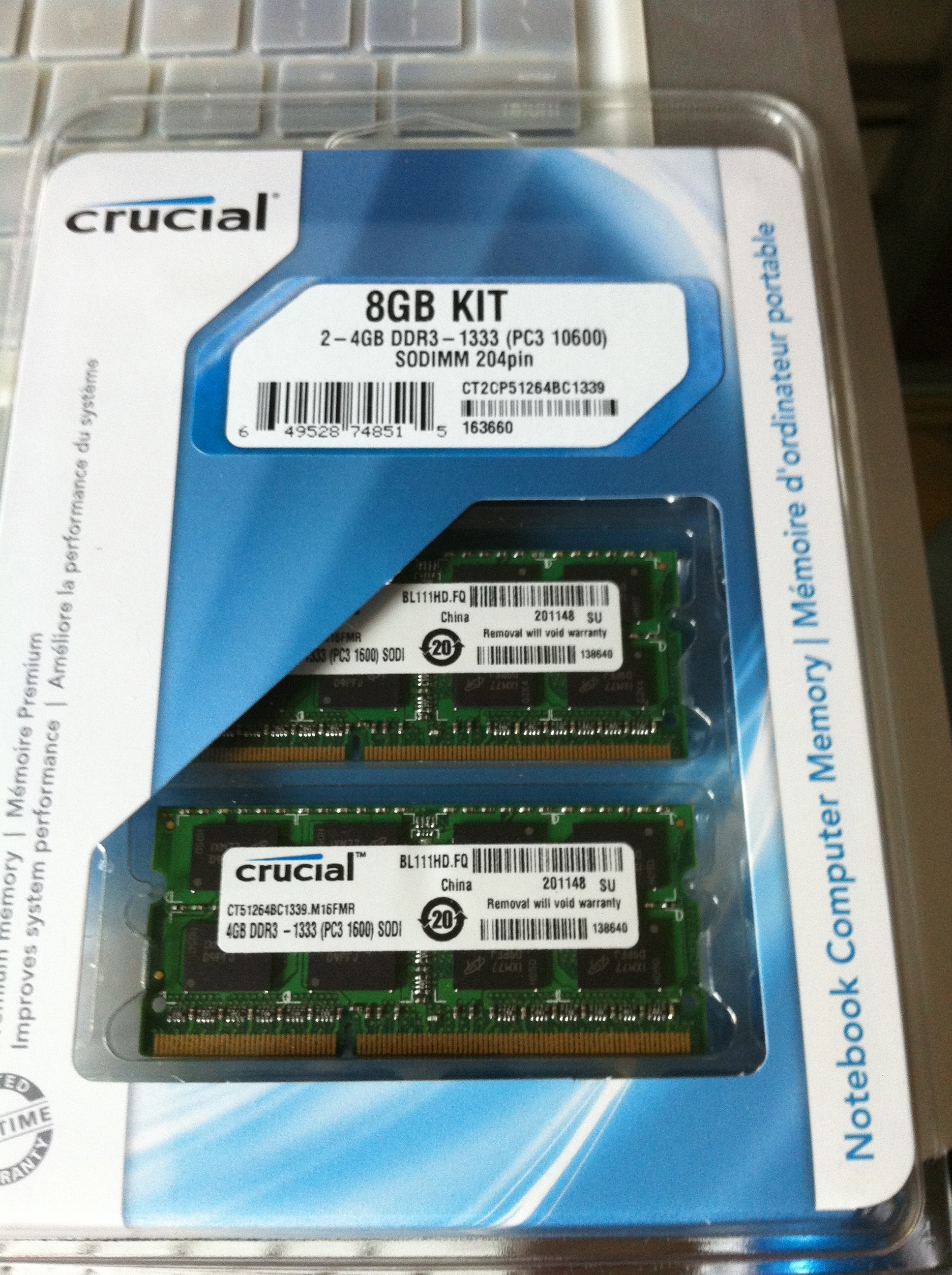
Bear in mind that the SSD might be slower because it’s now working through the USB interface, but you should be able to have your desktop load and use any software you have on the drive. By selecting the SSD and pressing Enter, you can test the drive to see how it responds. If you already have OS X® installed to the drive, this will bring up Startup Manager and you can select the SSD (now an external USB drive) as your boot device. When the drive is removed, you will want to connect it with some sort of external drive enclosure, or a USB to 2.5-inch drive adapter cable like this one available at .Īfter the SSD is physically connected externally to the Macbook Pro, you can hold the OPTION key down while turning the system on. You can use one of our install documents on our Mac SSD support page.

When removing your SSD, make sure to follow appropriate install guides. Please note that even though your old drive, or a different drive, might not be exhibiting any issues inside the MacBook Pro, this doesn’t rule out a potential hardware issue inside the system. You can then use this information on Crucial or another site to figure out the type of memory your Macbook Pro takes.An important step for isolating the source of your problems is to physically remove the drive from the MacBook Pro to rule out any potential internal issues in the computer itself.

This will show the MacBook Pro year and model, such as 15-inch MacBook Pro early 2011. If you don’t want to use the scanner, click on the Apple logo in the toolbar.The system scanner can detect your system and any available upgrades, as well as tell you how much RAM is already installed. The easiest way to check if your MacBook Pro supports 16GB of RAM is to visit. The higher 16GB MacBook Pro RAM upgrade kits cost more, but are worth it for users that want the biggest boost in performance. If you look on Apple’s website they list 8GB of RAM as the MacBook Pro RAM limit for most models, but for models as old as 2011, it is possible to add up to 16GB of RAM. Aside from adding a SSD to the MacBook Pro this is the easiest and most cost-effective way to avoid buying a new MacBook Pro for another year or so. Many old MacBook Pro computers from 2010, 20 only come with 4GB of RAM, but can handle up to 16GB.īy upgrading you will see big boosts in speed and performance.

If you own an older notebook, a MacBook Pro RAM upgrade can boost performance.Ī MacBook Pro RAM upgrade can extend the life of an aging notebook by a year or two for many users, and is often an area where buyers skimp during configuration at the initial point of purchase.


 0 kommentar(er)
0 kommentar(er)
